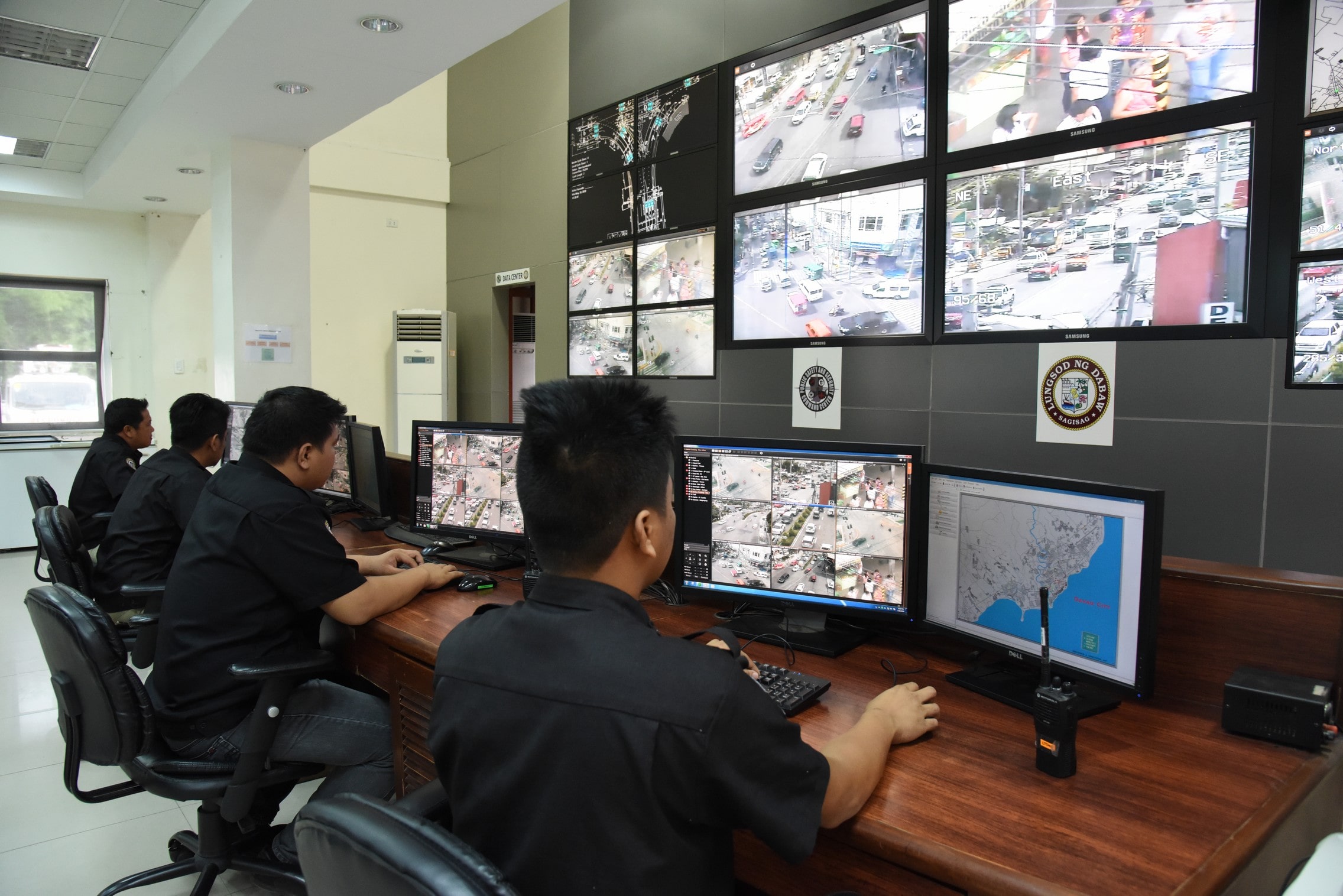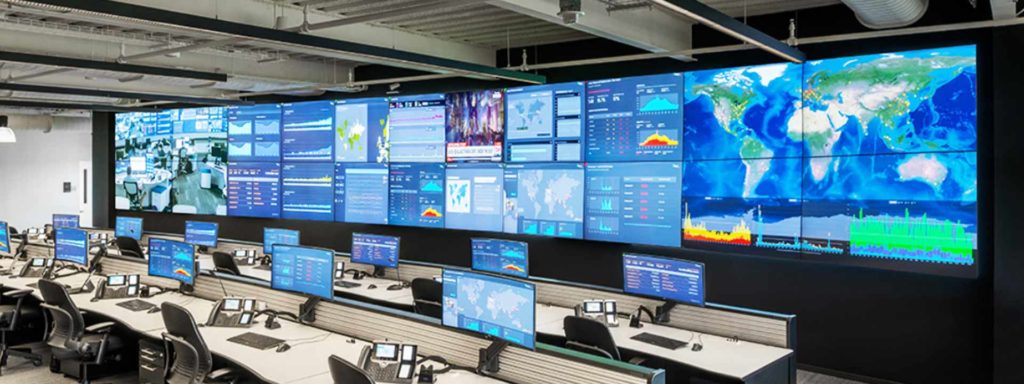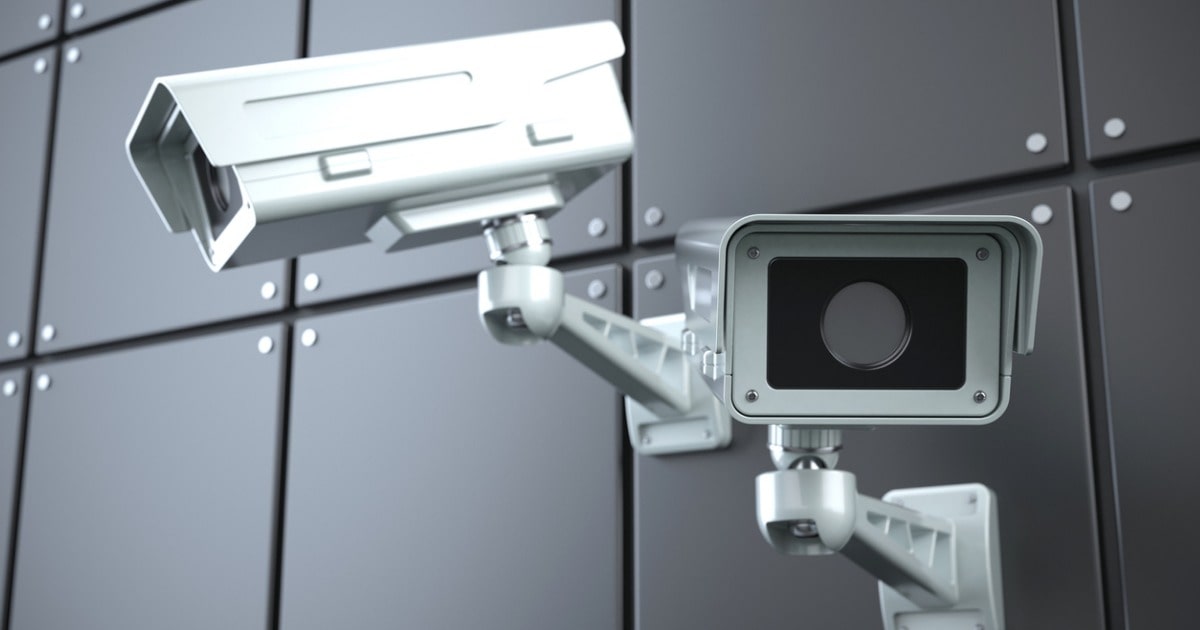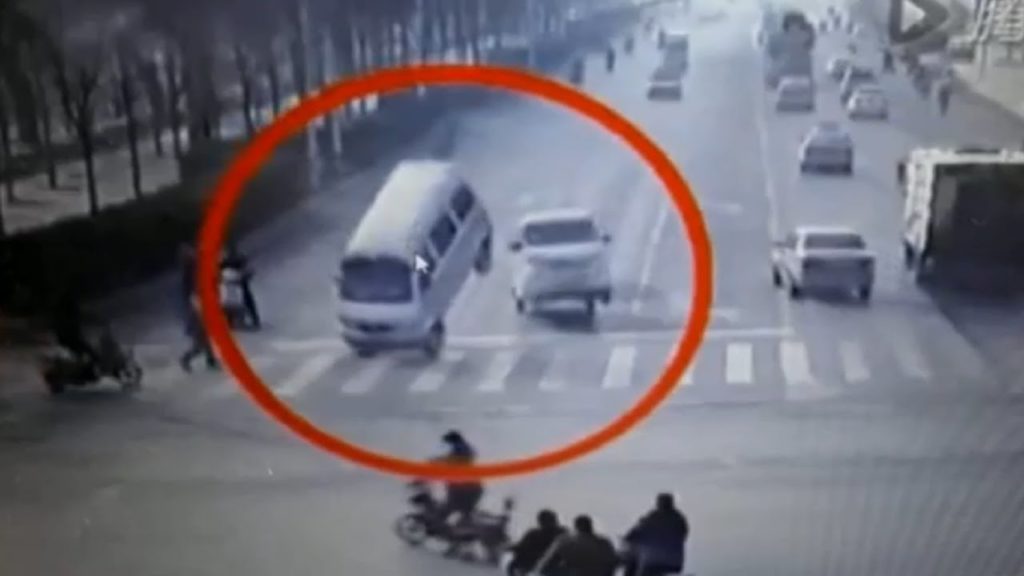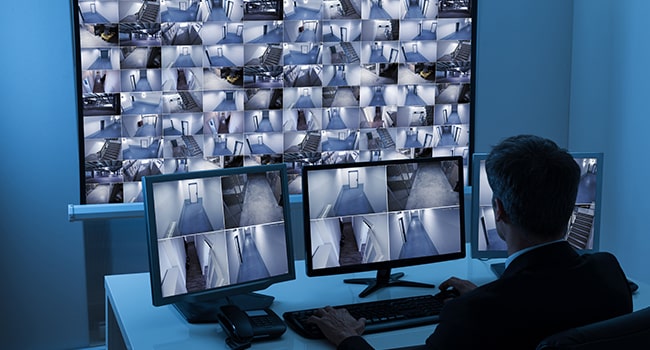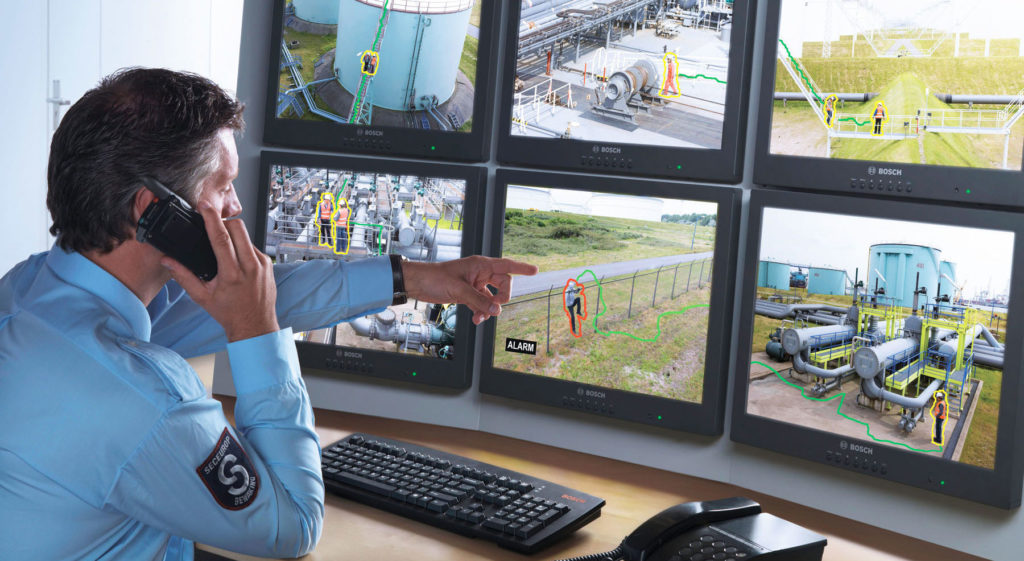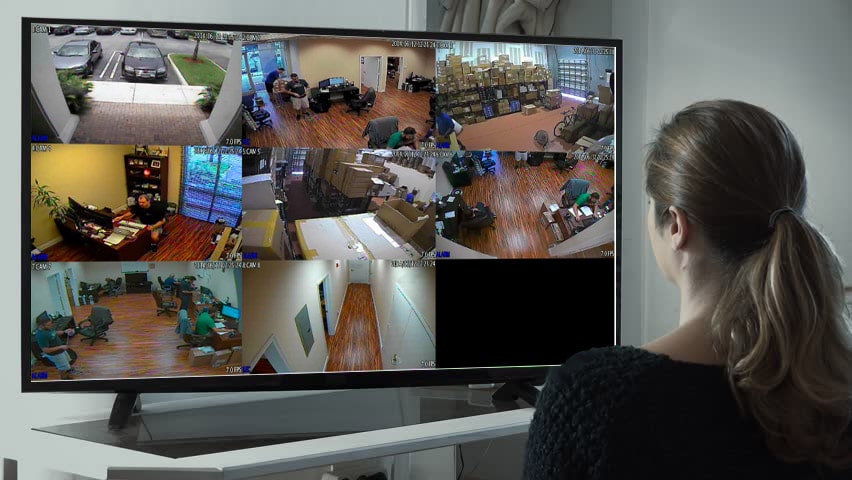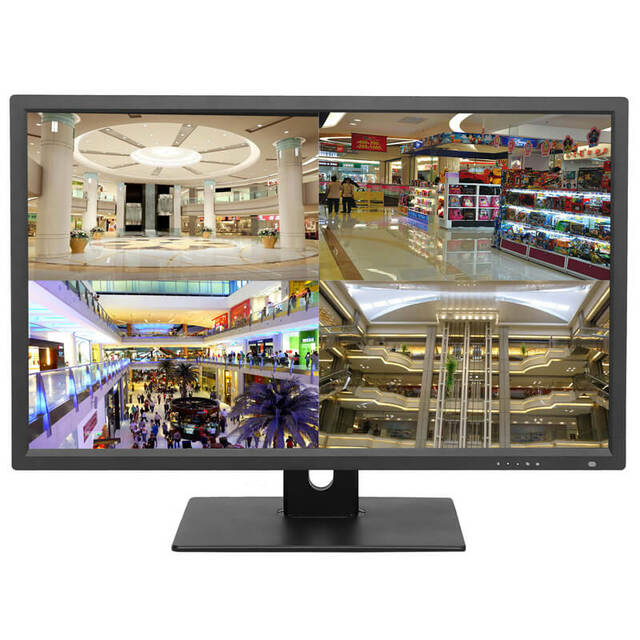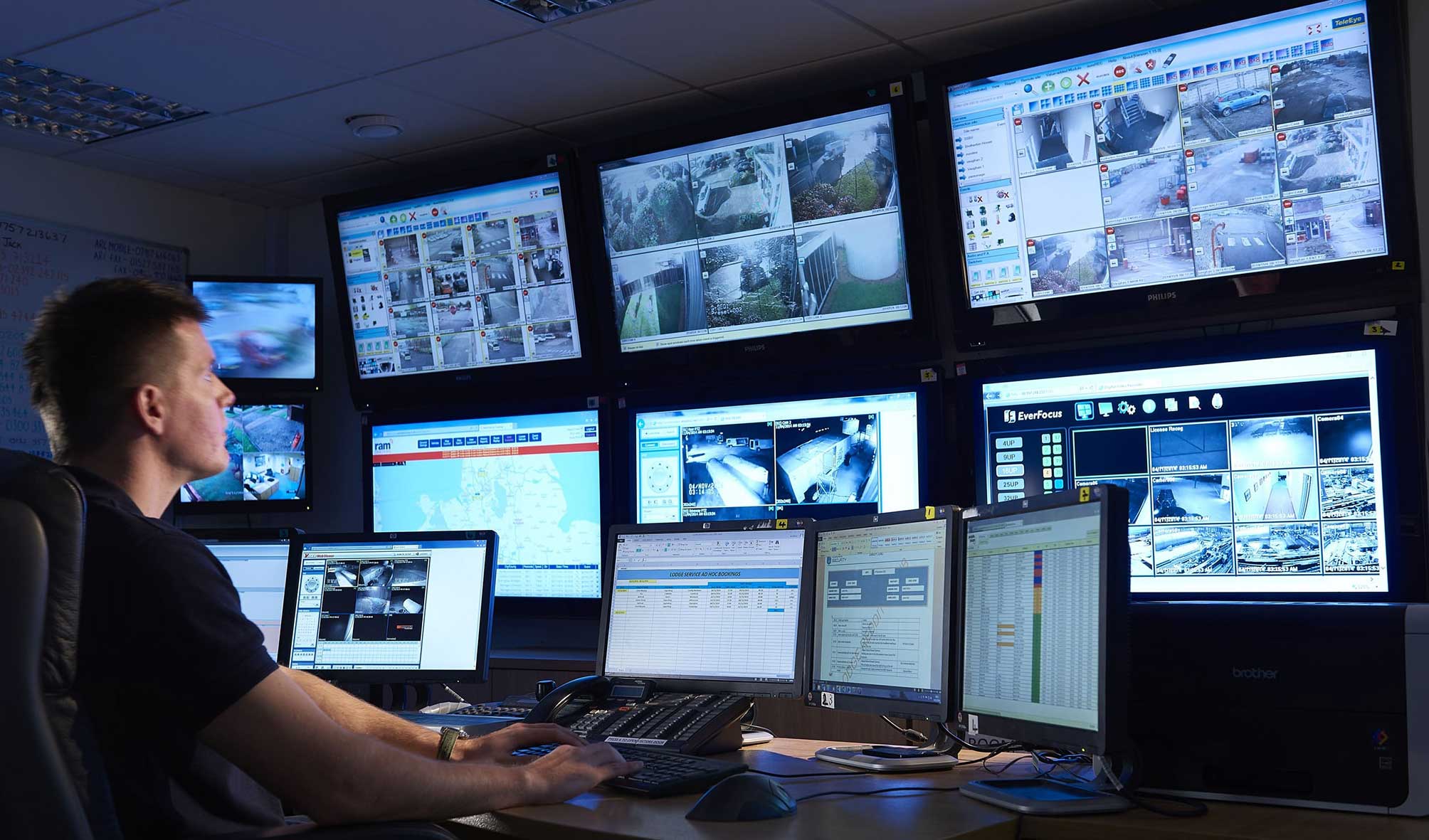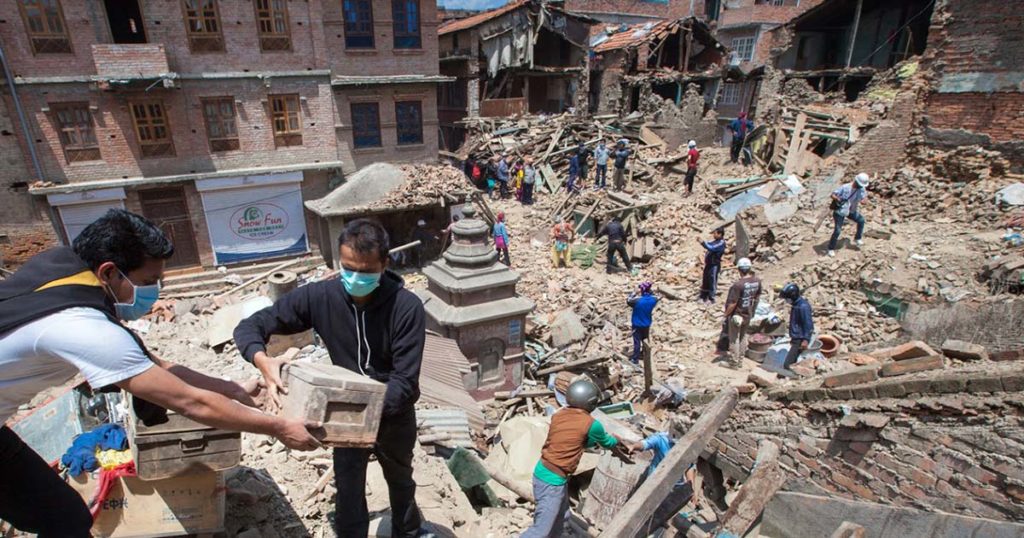
Improves Your Emergency and Disaster Plan
A plan isn’t proven effective unless it has been tried, tested, and tried again. Use the security camera footage from real disaster events to help prepare for whatever may come. Use the recorded footage of your emergency preparedness test runs to prepare even more. And keep on repeating the process to improve your responses and think through potential unexpected events. Video camera surveillance allows you to identify and improve areas you may have never caught otherwise.
CCTV Improves Your Emergency and Disaster Plan
- Provides a reliable way to review your emergency and disaster preparedness plan
- Identifies those who may need more training in plan protocol.
- It enables you to see shortcomings in plan design.
- Empowers you show those involved what they did correctly and incorrectly.
- Allows you to share a real-time run of your emergency response plan with relevant parties like those in the role of security director
- Gives security professionals an advanced starting point for improving your plan.
- Promotes better preparedness.
Documents Emergency Situations
Insurance claims and lawsuits from an accident, emergency, or natural disaster can, in some instances, be more tumultuous or devastating than the event itself. With an effective video surveillance system in place, you have peace of mind knowing there’s clear proof of whatever happened. The case for CCTV is clear. Don’t skimp on such an integral component to site safety, security, and preparedness.
CCTV Documents Emergency Situations
- Improves planning, insurance, and evaluation with real-time footage.
- Saves money through documentation of lost or damaged goods, and personnel death or injury.
- Serves as reliable evidence for insurance claims and legal proceedings.
- Proves your responsibility in enacting the emergency preparedness plan timely.
Protects Human Life and Minimizes Injury
For protecting your people, in safe times of normal operations, as well as in unexpected disasters, nothing will prove more useful than reliable remote monitoring surveillance cameras. To be able to see what is happening from a safe distance allows you to direct personnel as needed to minimize damage to your assets.
CCTV Protects Human Life and Minimizes Injury
- Allows security officials to see into remote areas and monitor what happens.
- Provides an opportunity to identify and triage the most critical or dangerous areas.
- Identifies hazards and injuries quickly.
- Shows you when and where machinery, processes, and areas need to be shut down, contained, or maintained.
- Helps response teams get where they’re needed quickly.
- Informs decisions on removing people or providing protective equipment.
- Helps security officers identify safe and controlled areas to get people to safety.
- Monitors safe areas for continued safety and change.
- Visually confirm appropriate actions are taken in remote locations
Reduces Exposure of Assets and Optimizes Loss Control
Assets should be stored or secured properly before an emergency so that they will be less vulnerable to theft or loss. A video is an important tool for continually monitoring safe areas during and after a disaster to ensure that the material is not removed. In an emergency or disaster, the well-documented plan will call for specific personnel to locate highly valued assets, secure them, and evacuate personnel.
CCTV Reduces Exposure of Assets and Optimizes Loss Control
- Allows security officials to see into remote areas and monitor what happens.
- Provides an opportunity to identify and triage the most critical or dangerous areas.
- Identifies hazards and injuries quickly.
- Shows you when and where machinery, processes, and areas need to be shut down, contained, or maintained.
- Helps response teams get where they’re needed quickly.
- Informs decisions on removing people or providing protective equipment.
- Helps security officers identify safe and controlled areas to get people to safety.
- Monitors safe areas for continued safety and change.
- Visually confirm appropriate actions are taken in remote locations
Speeds Up Time To Restored Operations
After an emergency situation has been brought under control, security personnel can monitor and maintain the security of assets and help determine the employees are safe and have returned to their normal work routine.
CCTV Speeds Up Time To Restored Operations
- Minimizes the impact of a disaster or emergency.
- Improves management and security personnel’s ability to assess and respond.
- Provides visual cues for whether additional emergencies are imminent.
- Visually confirms whether and procedures and processes are back to normal in unaffected or restored areas.

